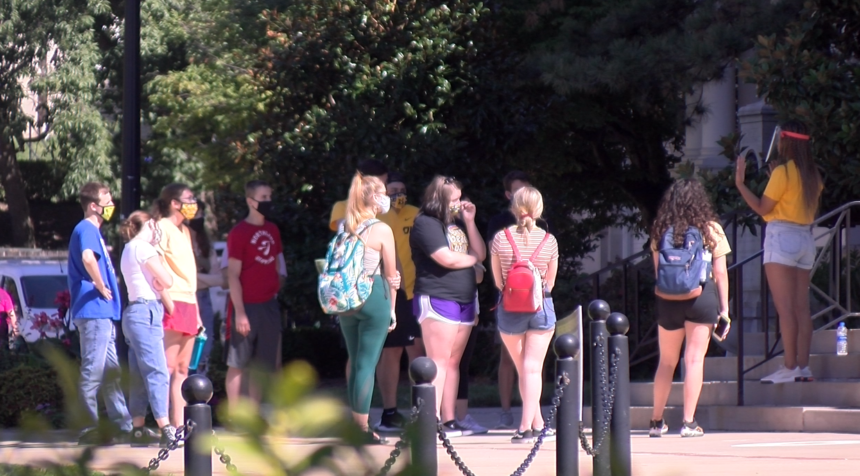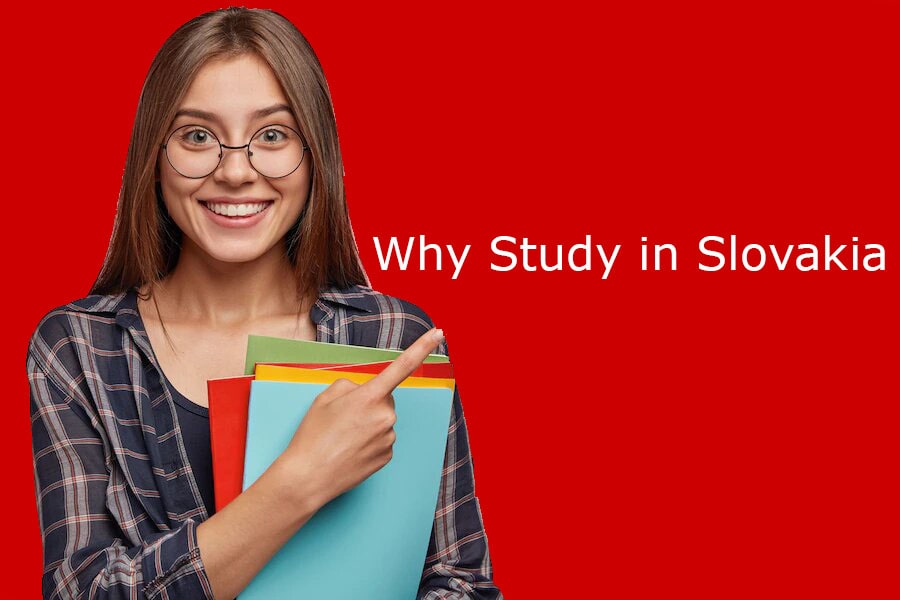
Slovakia is a small country in central Europe. It borders Austria, Czech Republic, Poland, Ukraine, Hungary. The country’s profile is characterized by relatively large elevation differences. Most of Central and Northern Slovakia are mountains; the Carpathian arc runs through all country. South and East Slovakia is dominated by lowlands, which are important agricultural areas in Slovakia. The deepest and most important river is the Danube, which connects Bratislava with two major cities in Europe – Vienna and Budapest.
The national cuisine of Slovakia consists of many different dishes, mainly meat and vegetable dishes.
The Slovak Republic is located in the temperate zone with a pronounced alternation of four seasons. Average daily temperature in winter is min 2 ºС, in summer 21 ºС. The coldest month is January, the warmest are July and August. Snow cover at the highest altitudes lasts 130 days a year.
The capital city of Bratislava attracts the largest number of tourists for its excellent nightlife, magical old town and picturesque gardens.
Domestic tourism and winter sports are widespread in Slovakia. You can go snowboarding, ice skating or hiking in the mountains.
Slovakia is a country with a dynamic and efficient economy and a large industrial base.
There is 9 national parks: Hight Tatras, Low Tatras, Mala Fatra, Velka Fatra, Muránska planina, Poloniny, Slovak kras, Slovak paradise, Pieniny.
The highest mountains are Hight Tatras (with the northern part lying in Poland).
The largest castle complex in the Central Europe is Spissky hrad in East Slovakia.
Living costs
If we compare all the countries of the European Union, then living cost in Slovakia for international students is of one of the lowest. Living in a hostel (with a good quality) in a 2-bed room with a private bathroom, for an international student will be about 100 euros per month. Expenses for food, mobile communications, visits to sports clubs, swimming pools, water parks, cinemas, theaters, etc. are approximately another 100-150 euros per month.
Security
Slovakia is a very calm country that does not conflict with other states.
Crime at a very low level.
Cars drive according to the rules and do not violate speed limits, therefore, there are very few car accidents.
Free education
Secondary and higher education in Slovakia is free.
Diplomas from universities in Slovakia are recognized in any EU country.
Slovaks are very friendly people. It is almost impossible to meet rudeness or aggression.
No bias towards international citizens, other religions or skin color.
The older generation remembers Russian, young people practically all know English. If you turn to a Slovak on the street, he will always help according to his abilities, no matter what language you speak.
Schengen Area
All EU countries are open for you
No visas or permits are required to travel throughout Europe.
Sports country
Slovaks are very fond of sports. Almost everyone has a bicycle; there is a well-developed network of bicycle trails throughout the country. On weekends, Slovaks go out for active sports. Hockey is considered the national sport.
Work in Slovakia
Finding a job of any level in Slovakia is not difficult. The country is actively developing, so the labor market needs specialists.
Traffic organization
Thanks to a well-thought-out system of transport interchanges and a high culture of driving, the level of road traffic accidents in Slovakia is an order of magnitude lower than in post-Soviet countries.
Moderate lifestyle
Slovaks by their very nature do not like to rush. This manifests itself in both business and everyday life. On the one hand, this annoys the newly arrived emigrants a little, but over time, it comes to understanding that this is exactly what you need to do: make decisions after thinking them over, not rush to do everything, but just one day, but just live and have fun.
Kosice
Košice is the largest city in eastern Slovakia. It is situated on the river Hornád at the eastern reaches of the Slovak Ore Mountains, near the border with Hungary. With a population of approximately 240,000, Košice is the second-largest city in Slovakia, after the capital Bratislava.
Being the economic and cultural centre of eastern Slovakia, Košice is the seat of the Košice Region and Košice Self-governing Region, the Slovak Constitutional Court, three universities, various dioceses, and many museums, galleries, and theatres. In 2013 Košice was the European Capital of Culture, together with Marseille, France. Košice is an important industrial centre of Slovakia, and the U.S. Steel Košice steel mill is the largest employer in the city. The town has extensive railway connections and an international airport.
The city has a preserved historical centre which is the largest among Slovak towns. There are heritage protected buildings in Gothic, Renaissance, Baroque, and Art Nouveau styles with Slovakia’s largest church: the St. Elisabeth Cathedral. The long main street, rimmed with aristocratic palaces, Catholic churches, and townsfolk’s houses, is a thriving pedestrian zone with boutiques, cafés, and restaurants. The city is known as the first settlement in Europe to be granted its own coat-of-arms.
In 2008 Košice won the competition among Slovak cities to hold the prestigious title European Capital of Culture 2013. Project Interface aims at the transformation of Košice from a centre of heavy industry to a postindustrial city with creative potential and new cultural infrastructure. Project authors bring Košice a concept of the creative economy – merging of economy and industry with arts, where transformed urban space encourages development of certain fields of creative industry (design, media, architecture, music and film production, IT technologies, creative tourism). The artistic and cultural program stems from a conception of sustained maintainable activities with long-lasting effects on cultural life in Košice and its region.





